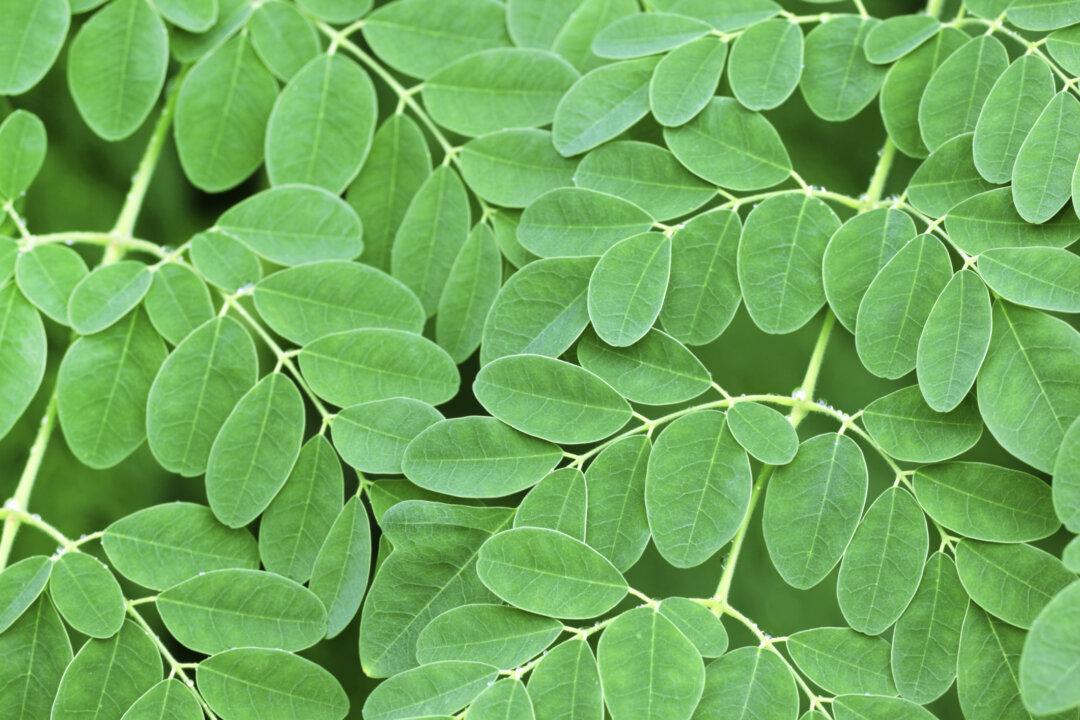It’s difficult to discuss moringa without feeling like you’re bragging. Some call it the miracle tree, and the number of gifts it offers makes clear why.
Ounce for ounce, moringa leaf has twice as much protein and calcium as milk, and similarly impressive amounts of beta carotene, vitamin C, potassium, iron and other beneficial nutrients. Moringa has also demonstrated some promise in treating or preventing hundreds of diseases.






